- But what exactly are they?
- How did this happen?
- Current drum machines
- Why do you need a drum machine?
- What’s Next for drum machines?
- Conclusion
It’s impossible to listen to the radio these days and not hear the impact of the drum machine! They’ve quickly become one of the most iconic pieces of music hardware ever. After the inception of the drum machine in the late 70s, the sounds of Roland’s 808 and 909 have become synonymous with electronic music. They’re now household names in the music industry in their own right.
But what exactly are they?
Our story starts all the way back in 1206 (yep you read that right) where drum machines were first conceptualised. A crude water clock controlled mechanical rhythm device – explained in the Book of Knowledge of Ingenious Mechanical Devices by Al-Jazari – laid the foundations. Using cams shafts and pegs to make model musicians play percussive instruments, this primitive device demonstrated the first programmable drum sequencer. Moving the pegs would change the rhythm.
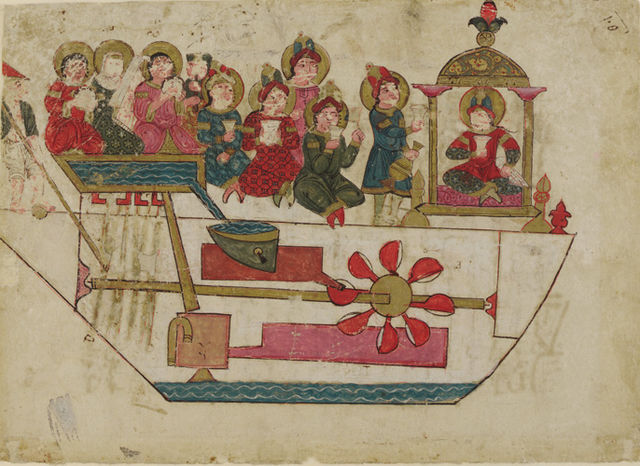
We’d have to wait another 770 years before we started to see the drum machines we know and love today. Modern drum machines are electronic musical instruments that produce drum sounds through synthesis or sampling. Most include an onboard sequencer to play these notes in a predefined rhythm, otherwise they don’t make for very good drummers! The sounds can typically also be triggered live by hitting a pad.
The CR-78, LM-1, TR-808 and DMX aren’t just a list of number plates you might jot down on a long car journey. They’re some of the most influential rhythm machines ever produced. The 80s would have sounded unrecognisable without them. Their identifiable rhythmic precision brought with them the sound of the future. As The Human League’s Martin Rushent said, “electronic music can now stand up as a true form…The influence of it all is really going to change the whole industry” (Electronics & Music Maker Magazine in 1982). And change the industry it did!
How did this happen?
Roland introduced the CR-78 in 1978. While not being fully programmable, it found success with artists like Orchestral Manoeuvres in the Dark, Gary Numan and Genesis. If you’ve heard ‘Heart of Glass’ by Blondie, or ‘In the Air Tonight’ by Phil Collins, you know what we’re talking about! But it was the release of Roland’s 808 and 909 in 1980 and 1983 that really blew the doors open to the analogue drum machine world.



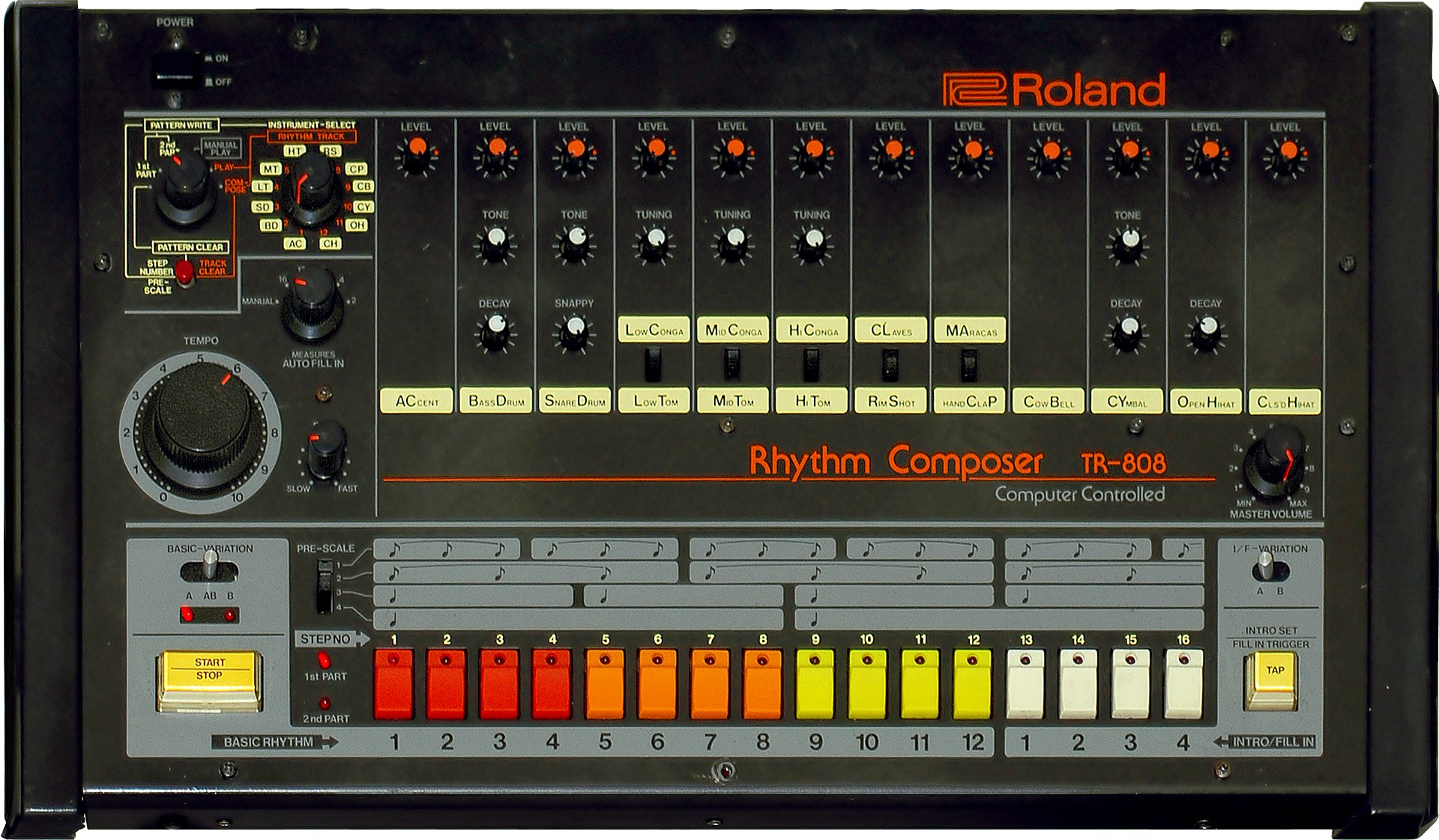
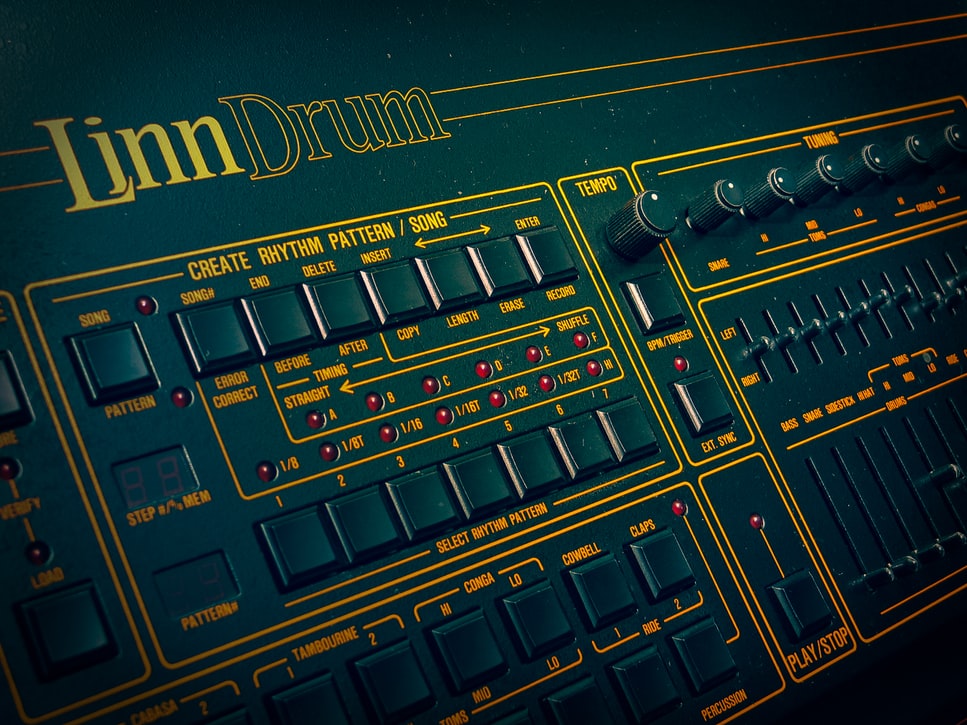

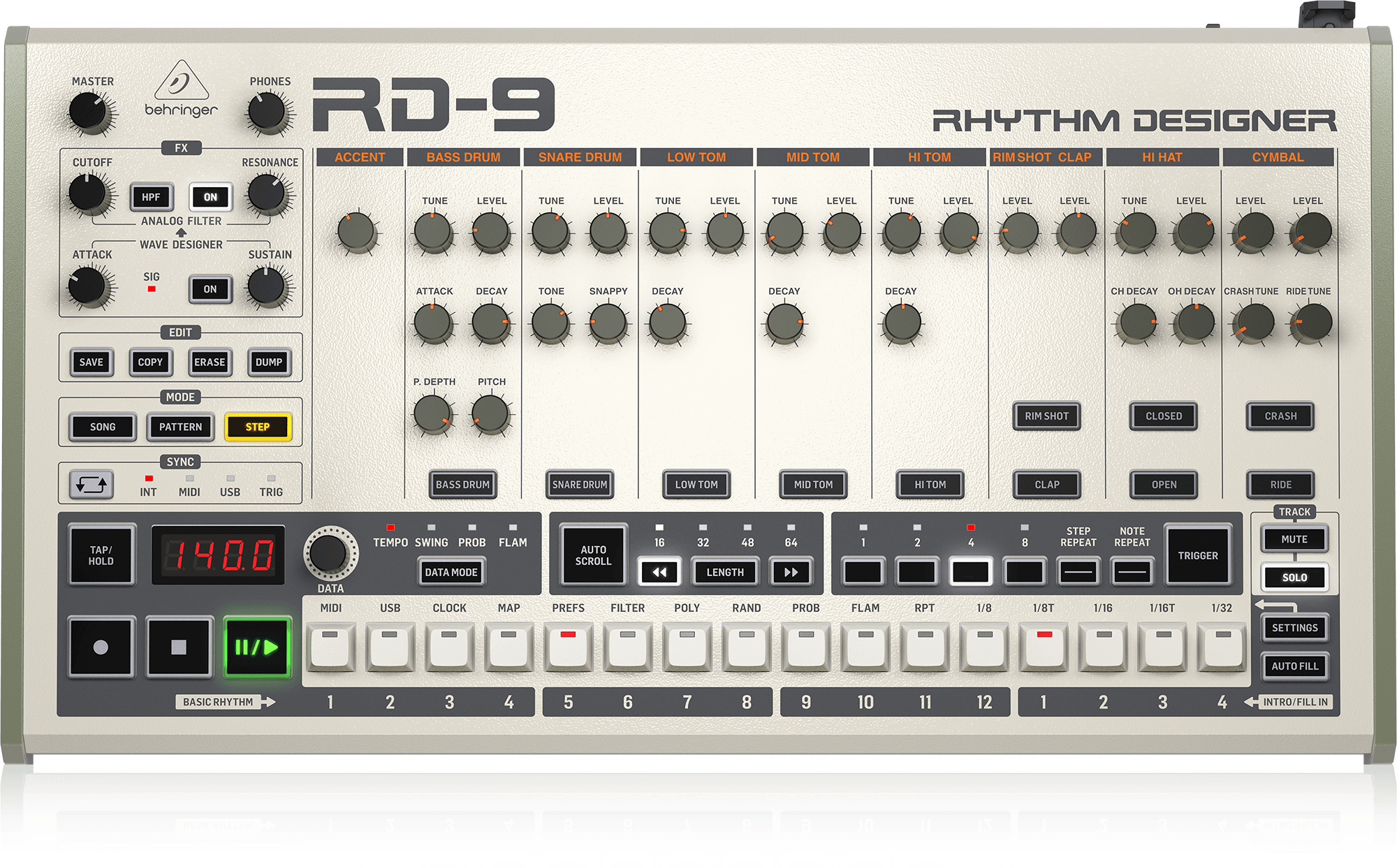

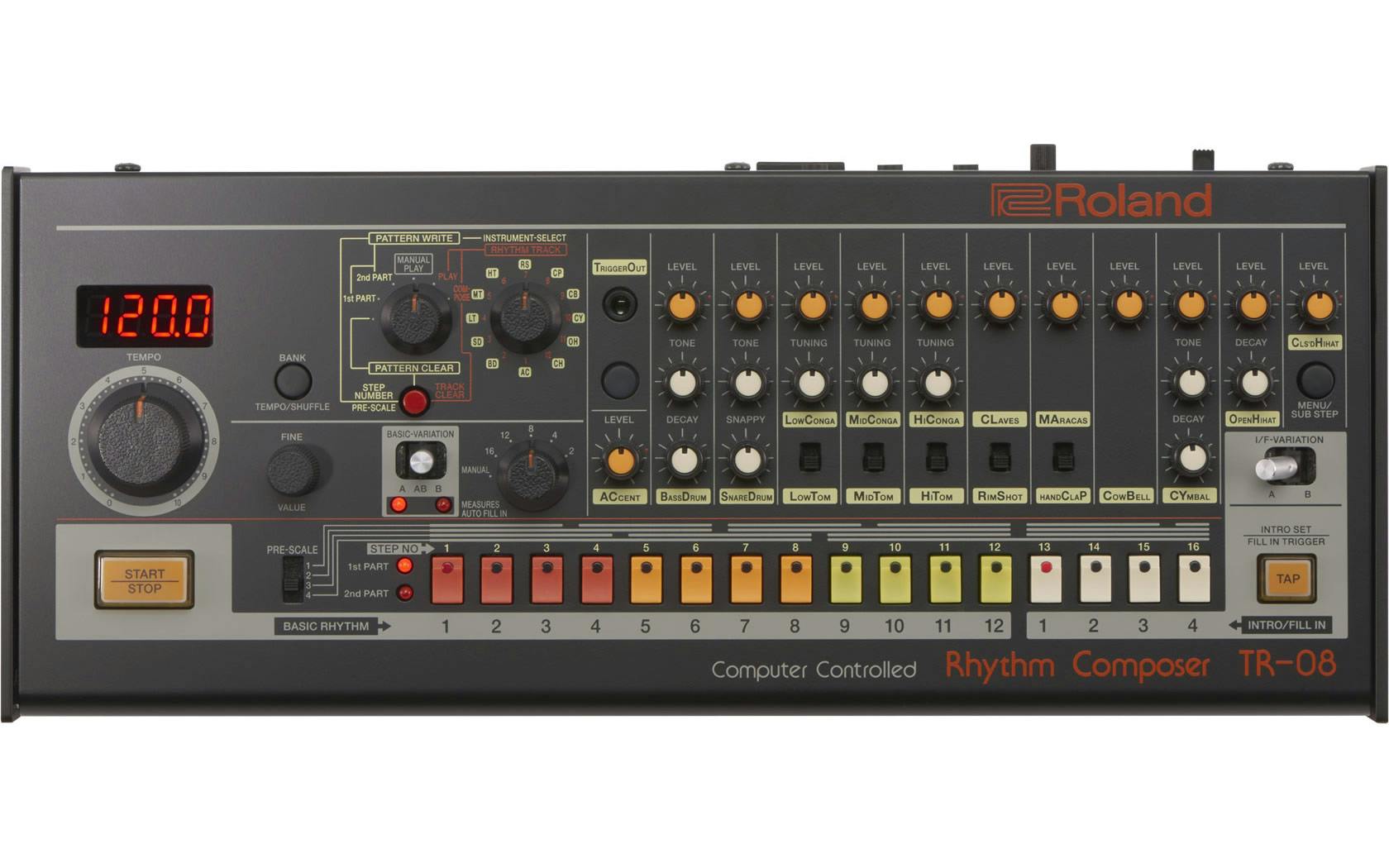

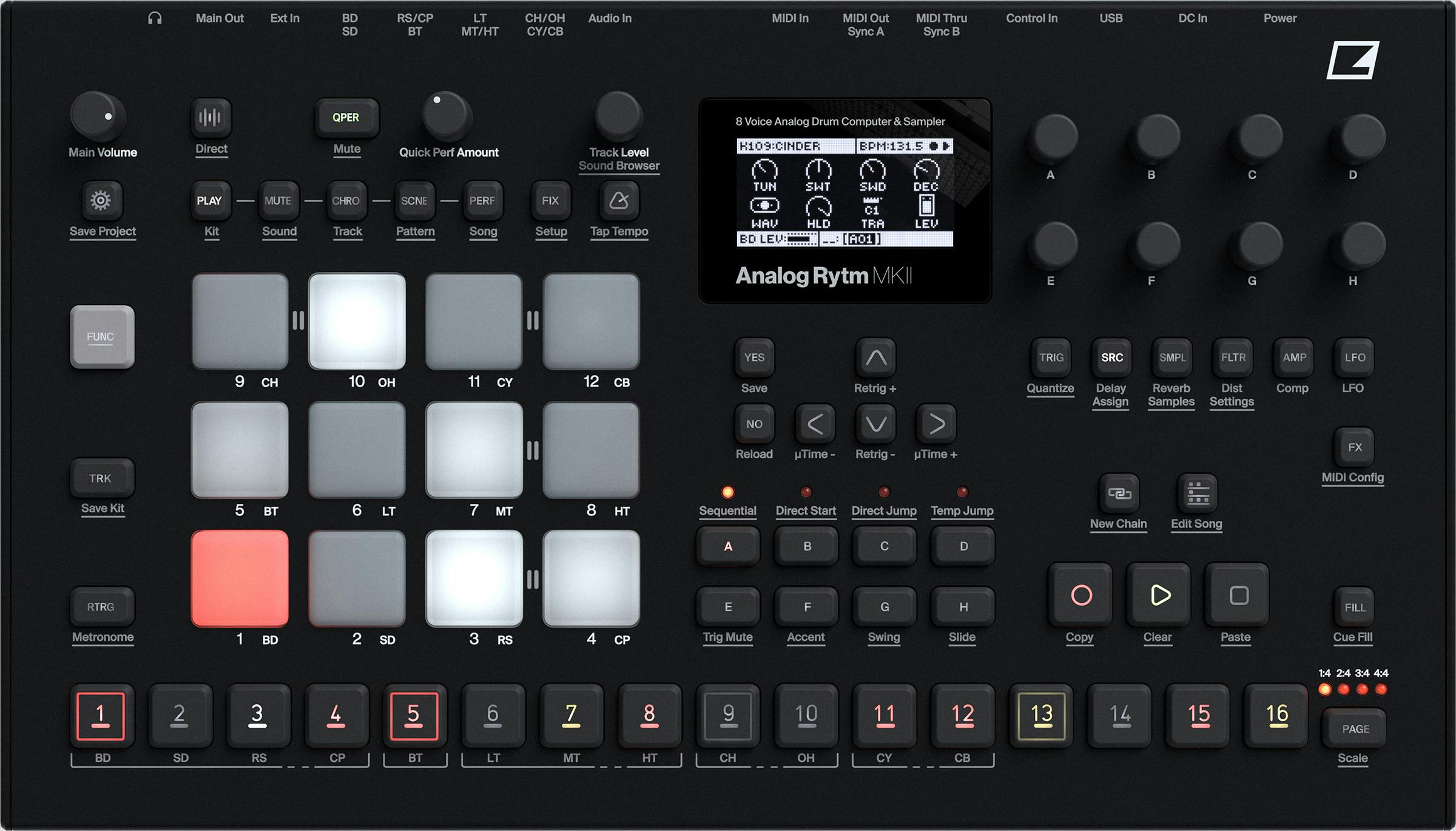

Responses & Questions